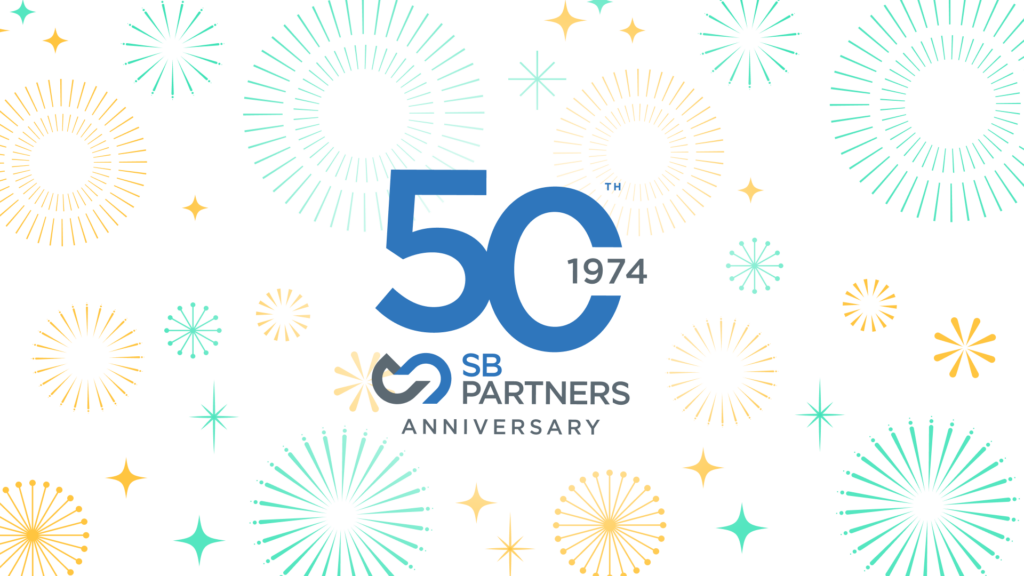Retail cash transactions will be affected when phasing out the penny and we would like to offer some advice—provided by the Canada Revenue Agency (CRA)—to help you through this process.
Do you charge GST/HST before/after rounding out the penny?
Since the GST/HST is calculated on the amount charged for taxable supplies, the rounding should occur after the tax has been calculated on the invoice. This is only the case when a customer is paying the full amount of the invoice in cash or for the balance of an invoice in cash.
Will payment options (cash, credit or debit) affect the amount of GST/HST you charge?
The answer is no. Again, GST/HST is calculated on the amount charged for taxable supplies so rounding only occurs after the tax is added to the sub-total. The rounding doesn’t affect the GST/HST to be collected, so you calculate it in the same manner as before.
How is GST/HST calculated on returned items?
The GST/HST is calculated on the amount refunded for the items returned. When you issue a cash refund, the rounding takes place on the total refund amount after you have added the tax. The rounding won’t affect the calculation of the GST/HST.
How to remit, claim ITCs, and report your GST/HST
How do you determine the amount of GST/HST you should include in your net tax?
The amount of GST/HST that is reported on your return is not affected by rounding as a result of phasing out the penny. There are no changes to the way you complete your return. As you usually do, report on your return the amount of GST/HST you charge and collect, then claim any input tax credits (ITCs) for the GST/HST either paid or payable on your business inputs.
What should you remit for GST/HST purposes?
GST/HST is calculated on the amount of charged taxable supplies, so rounding only occurs after the tax is added to the sub-total. The rounding doesn’t affect the taxes required to be collected and you should calculate them as you did before.
How much should you claim for an ITC?
The amount you claim for an ITC is the GST/HST charged on the invoice. If the amount charged includes tax, the tax is calculated in the same manner as before. Rounding resulting from phasing out the penny will not affect your ITC calculations.
How will your income tax reporting be affected by rounding out the penny (i.e. how to manage the adjustment amount from rounding)?
From an income tax perspective, the amount gained or lost on cash transactions due to rounding will constitute income for a taxation year from a business and would be included in the year in accordance with section 9 of the Income Tax Act. Phasing out the penny will not create additional bookkeeping for businesses that already keep accurate books and records and should not create any measurable impact on business revenues.
How will phasing out the penny affect the income tax and audit process?
Will business owners be more likely to be audited because of phasing out the penny?
Phasing out the penny will not increase a business owner’s risk of being audited. The Canada Revenue Agency (CRA) says it will continue to use the same risk assessment and management techniques it used to analyze tax and GST/HST returns filed, and to identify those that should be flagged for further investigation as it did prior to eliminating the penny.
If you have any other questions about the impact on your business from phasing-out the penny, please contact me at 905-633-6360 or .(JavaScript must be enabled to view this email address)



